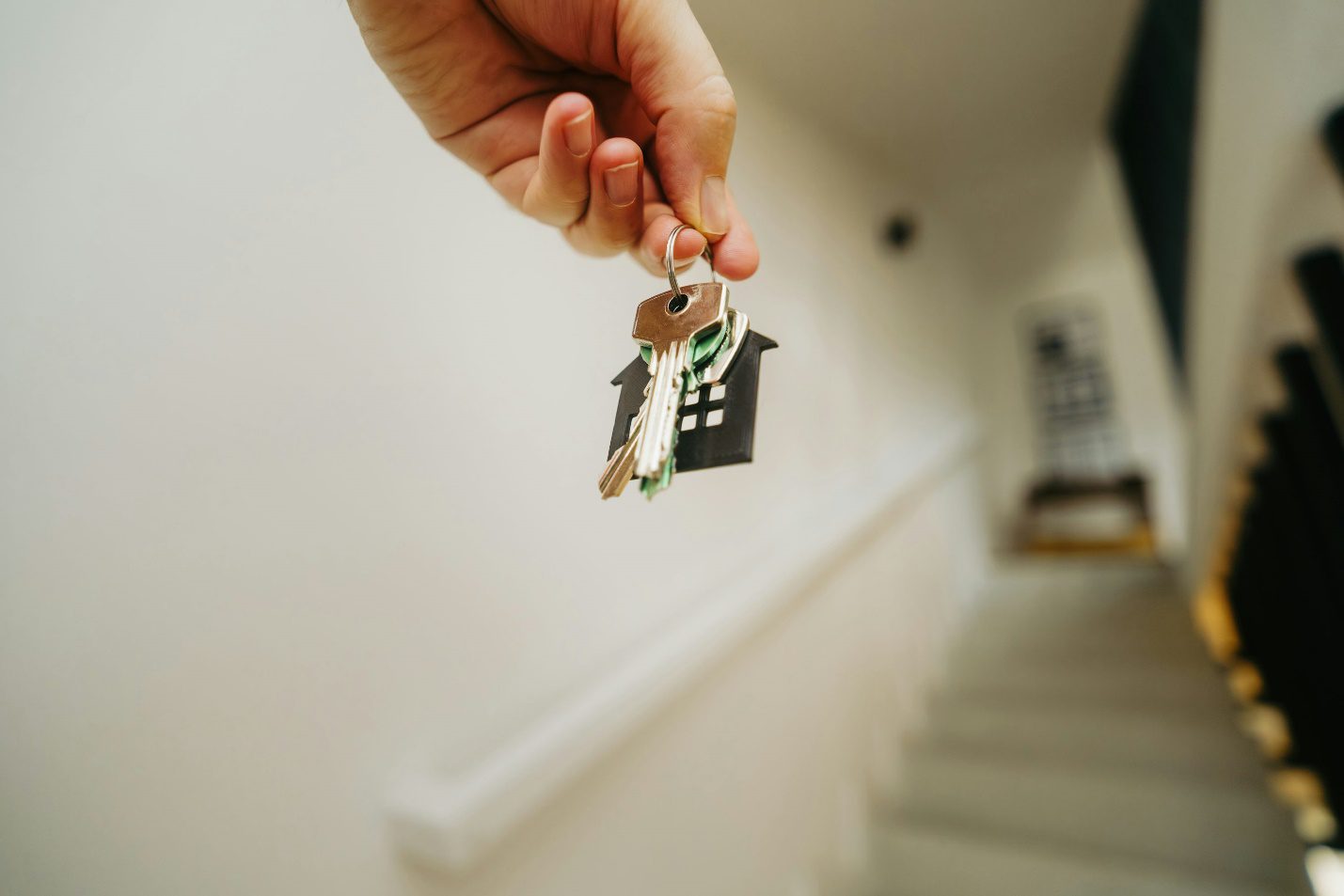Renovating a property for a quick resale, commonly known as fixing and flipping, can be a highly profitable real estate investment strategy. However, understanding and managing renovation costs is critical to ensure that your project remains profitable. Fix and flip loans play a vital role in financing these projects, enabling investors to purchase, renovate, and sell properties swiftly.
In this guide, we’ll explore how to accurately budget for renovation costs and maximize your return on investment (ROI) using fix and flip financing.
The Importance of Accurate Budgeting
Accurate budgeting is the foundation of any successful fix and flip project. An overly optimistic budget can lead to financial shortfalls, while an overly conservative one might result in missed opportunities. Here’s how to approach budgeting for renovation costs effectively:
1. Assess the Property Thoroughly
Before you start, conduct a comprehensive assessment of the property. This includes:
Structural Inspections: Ensure there are no major structural issues, as these can be costly to repair.
Systems Evaluation: Check the plumbing, electrical, and HVAC systems for any necessary repairs or replacements.
Cosmetic Needs: Identify areas that need cosmetic updates, such as painting, flooring, and fixtures.
2. Get Multiple Estimates
Obtain estimates from multiple contractors for each aspect of the renovation. This will give you a clearer picture of the costs involved and help you avoid overpaying. Don’t forget to factor in labor, materials, permits, and any unexpected expenses.
3. Include a Contingency Fund
Always include a contingency fund in your budget, typically 10-15% of the total renovation cost. This fund will cover unexpected expenses and ensure you don’t run out of money mid-project.
Leveraging Fix and Flip Loans
Fix and flip loans are designed specifically for short-term real estate investments. These loans provide the necessary capital to purchase and renovate properties, with the goal of selling them for a profit. Here’s how to leverage these loans effectively:
1. Understand Loan Terms and Conditions
Fix and flip loans usually have higher interest rates than traditional mortgages, but they offer quick approval and flexible terms. Understand the loan’s terms, including interest rates, repayment schedule, and any fees involved, to ensure it aligns with your investment strategy.
2. Utilize Loan Funds Wisely
Allocate loan funds carefully to cover essential renovations that will add the most value to the property. Focus on improvements that enhance curb appeal and interior functionality, as these are key selling points for potential buyers.
3. Monitor Expenses Closely
Keep track of all expenses throughout the renovation process. Regularly compare actual costs to your budget to ensure you stay on track. Use financial management tools or software to help you monitor and control your spending.
Key Areas to Focus Your Renovation Budget
To maximize ROI, concentrate your renovation efforts on areas that provide the greatest return. Here are some key areas to consider:
1. Kitchen Remodel
A modern, functional kitchen is one of the top selling points for any home. Invest in quality cabinetry, countertops, and appliances. Consider open layouts, energy-efficient appliances, and stylish finishes to attract buyers.
2. Bathroom Upgrades
Bathrooms are another critical area for buyers. Ensure they are clean, modern, and fully functional. Upgrades might include new fixtures, tiling, and vanities. Adding a second bathroom, if feasible, can significantly increase a property’s value.
3. Curb Appeal
First impressions matter. Invest in landscaping, exterior painting, and updating the front door. Simple additions like a new mailbox or house numbers can also enhance curb appeal.
4. Energy Efficiency
Energy-efficient homes are highly attractive to today’s buyers. Consider installing energy-efficient windows, insulation, and HVAC systems. These improvements can lower utility costs and increase the home’s marketability.
5. Flooring
Replace old, worn-out flooring with modern alternatives like hardwood, laminate, or high-quality vinyl. Consistent flooring throughout the home creates a cohesive look and feel.
Tips for Maximizing ROI
Maximizing ROI on your fix and flip project requires strategic planning and execution. Here are some tips to help you achieve the best possible return:
1. Prioritize High-ROI Improvements
Focus on renovations that provide the highest return on investment. Kitchens, bathrooms, and curb appeal typically offer the best ROI. Avoid over-improving the property for the neighborhood, as this can limit your returns.
2. Stay Updated on Market Trends
Keep an eye on local real estate trends. Understanding what buyers are looking for in your area will help you make informed decisions about which renovations to prioritize.
3. Work with Experienced Professionals
Hire experienced contractors and real estate agents who understand the fix and flip market. Their expertise can help you navigate challenges and ensure your project is completed on time and within budget.
4. Plan for Quick Turnaround
Time is money in the fix and flip business. Plan your project timeline carefully and aim for a quick turnaround to minimize holding costs such as loan interest, property taxes, and insurance.
5. Market the Property Effectively
Once the renovation is complete, market the property aggressively. High-quality photos, virtual tours, and effective online listings can attract more potential buyers and lead to a faster sale.
Avoiding Common Pitfalls
Despite careful planning, fix and flip projects can encounter obstacles. Here are some common pitfalls to avoid:
1. Underestimating Renovation Costs
One of the biggest mistakes is underestimating the costs involved. Always budget conservatively and include a contingency fund to cover unexpected expenses.
2. Ignoring the Local Market
Investing in the wrong area can significantly impact your ROI. Thoroughly research the local market to ensure there is demand for the type of property you are renovating.
3. Over-Renovating
While it’s important to make the property attractive, over-renovating can reduce your profit margins. Focus on necessary upgrades that will add real value without overspending.
4. Poor Project Management
Effective project management is crucial to keep renovations on schedule and within budget. Regularly check in with contractors, monitor progress, and address any issues promptly.
5. Overlooking Legal Requirements
Ensure all renovations comply with local building codes and regulations. Obtain necessary permits to avoid fines and delays in selling the property.
Final Thoughts
Understanding renovation costs and budgeting effectively are essential components of a successful fix and flip project. By leveraging fix and flip loans, investors can finance their projects, manage costs, and maximize their return on investment. Focus on high-ROI improvements, stay informed about market trends, and avoid common pitfalls to ensure your fix and flip venture is profitable.
Turn Distressed Properties into Valuable Assets with Fix and Flip Loans from Insula Capital Group
Unlock the potential of distressed properties with fix and flip loans from Insula Capital Group. Whether you’re in Alabama, California, Colorado, Florida, Georgia, Hawaii, Illinois, Indiana, Kansas, Kentucky, or Wisconsin, our tailored financing solutions are designed to help you succeed. Apply for a loan at Insula Capital Group today and start maximizing your real estate investments!




